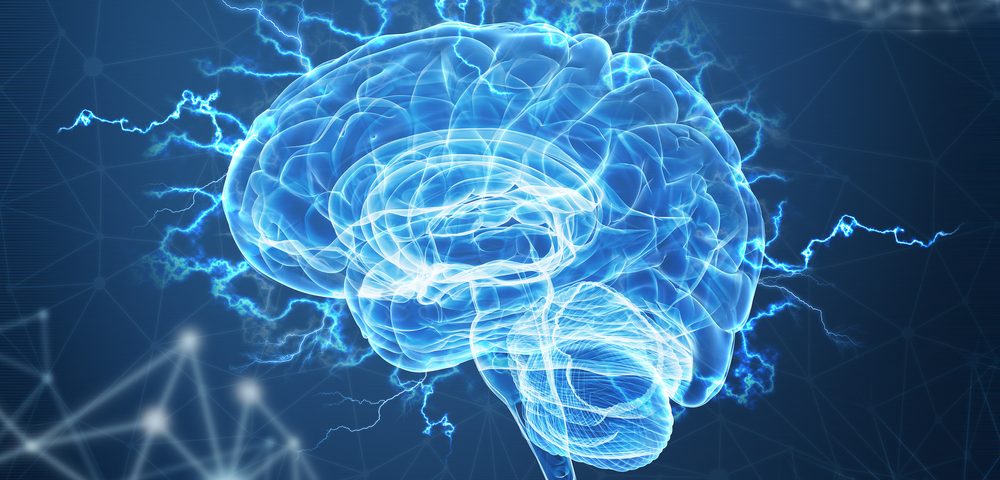Polio-related Research Into Brain Motor Network Shows Potential ALS Marker

New research into the motor networks of polio survivors shows the brain may “rewire” itself in neurological diseases, leading to a reorganization that also may serve as a potential biomarker of amyotrophic lateral sclerosis (ALS) and other motor neuron disorders, a study reports.
Published in the journal Clinical Neurophysiology, the study, by researchers at Trinity College Dublin, is titled “Altered Supraspinal Motor Networks in Survivors of Poliomyelitis: A Cortico-Muscular Coherence Study.”
“This study is especially interesting because it shows that advanced methods in neurophysiology and neural signal analysis can help to unravel new aspects of how different diseases disrupt our movements,” Bahman Nasseroleslami, PhD, the study’s senior author and an assistant professor, clinical medicine, at Trinity College, said in a university press release.
Polio, the infectious disease caused by the poliovirus, is known to cause damage to the lower motor neurons of the spinal cord. But lesions in the brain motor cortex, which controls movement, have been observed in polio patients, suggesting that polio-related alterations are not limited to lower motor neurons.
Because polio affects the same neural pathways as motor neuron disorders like ALS and spinal muscular atrophy (SMA), understanding the full extent of alterations caused by a polio infection may help in the treatment of these diseases.
Corticomuscular coherence (CMC) is an index used to study the functional connection between the motor cortex and muscular activity. In this relationship, cortical neurons connect the brain to the spinal cord, which projects motor neurons to stimulate muscle contractions.
Now, Trinity researchers investigated the effects of childhood polio-associated lower motor neuron degradation on corticomuscular coherence in adults.
Two scans — electroencephalography to test the brain, and electromyography to assess muscles — were used to record activity during a simple motor task with the right hand. The goal was to identify brain areas that are functionally connected to the muscles.
The study recruited 24 participants who had polio as children from a polio survivors clinic at Beaumont Hospital in Dublin between June 2017 and November 2019, along with 11 healthy, age-matched controls.
Among the patients — 17 women and seven men, with a mean age of 67 — eight had contracted the virus as infants and 16 after the age of 2. Compared with the healthy controls, the polio survivors exhibited some degree of muscle weakness involving the lower motor neurons.
The polio survivors showed an abnormal pattern of corticomuscular coherence compared with the healthy controls. Typically, when performing a motor task with the right hand, coherent activity consistent with sustained muscle contractions would be observed in the primary motor area on the left side of the brain. In polio survivors, this activity was scattered and more consistent with dynamic muscle contractions.
Significantly, the atypical activity was observed in both the primary and secondary motor regions of the brain. It also was coherent with multiple muscles, and consistent across clinical disability and age of polio diagnosis. Together, those results suggest that the alterations may be caused by a functional reorganization of the neural motor network.
In other words, the researchers investigated “how the brain re-wires itself in neurological disease,” according to the university.
The team’s findings suggest that a consistent measure of atypical corticomuscular coherence could potentially be used to track motor network function and act as a biomarker for motor neuron disorders such as ALS and spinal muscular atrophy.
“Our study demonstrates that CMC is a powerful tool that can evaluate the function of the motor circuits as an entire connected network,” the investigators wrote, adding that study “provides a robust proof of concept.”
It demonstrated that “interrogation of CMC patterns could be developed as a reliable marker of therapeutic efficacy in conditions … where current quantitative clinical outcome measurements are limited by severe motor disability.”
This potential biomarker could be effective in ALS and SMA, the researchers said.
“This study shows that neurophysiological markers can pick up changes in brain connectivity patterns that have implications in our understanding of other similar neurological conditions,” said Amina Coffey, PhD, the study’s first author and a researcher in clinical medicine at Trinity.
The researchers noted that the study is limited by its small sample size, which resulted from the rarity of polio survivors in Europe. Due to widespread vaccinations, polio today is a rare disease in most of the world.






